It’s a story that would only happen in Texas, where everything is a little bit bigger – including the business opportunities.
In August of last year, pv magazine reported on a 240 MWac / 324 MWdc solar power project that broke ground in northern Texas. A couple of months later, the developer reached out to start a conversation with us about the next project he was developing, and gave us a bit of a background story.
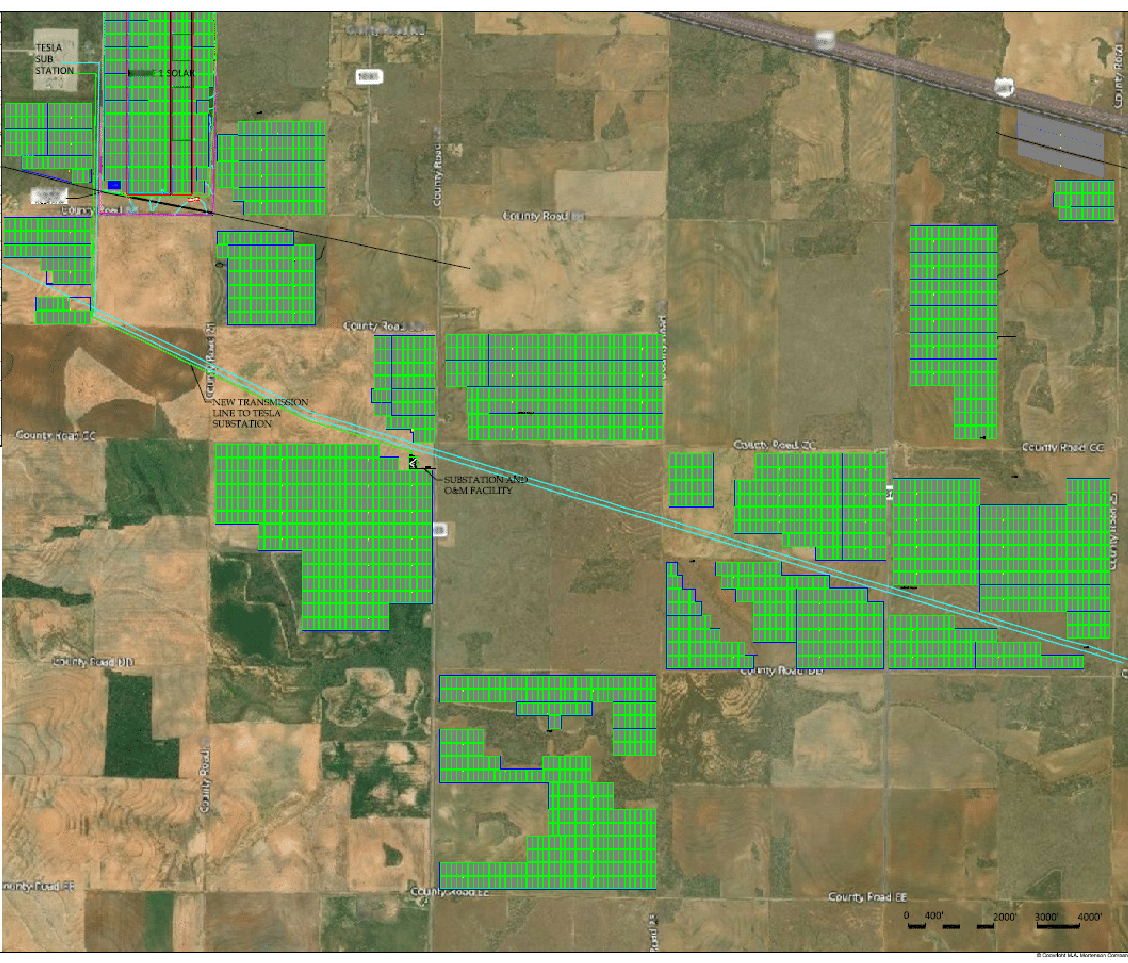
Dr. Miguel Oneto received a brochure from a solar developer at his family ranch in southern Texas in February of 2016. They asked if he was interested in leasing his land for a very high price – and they offered him a deal. Since Miguel did not own the mineral rights, he could not benefit from the lease.
Miguel told pv magazine:
I searched for land in Texas and realized, after talking to a few consultants, that Childress had potential for solar energy development. I talked to several developers for help on my project, but all of them wanted to take the projects as their own, otherwise they were not interested.
So he decided to sell his family ranch, and purchase what he thought was feasible land for a solar project.
Turns out, the doctor was right.
Currently, the Misae 1 solar plant is being constructed by Mortenson Renewables. The project was brought together with a combination of creative finance by Goldman Sachs to protect against market pricing instability, and the long term revenue visions of the Copenhagen Infrastructure Partners (CIP).
And already we have an even larger sequel. The 682 MWdc Misae 2 (the project has its own website) can be seen as part of a renewable energy build-out that compares in size to what is happening in many countries, and with Texas regulators continuing to support renewables, expect this project to be one of many acts on the Texas stage.
Oneto has joined forces with CEO Serafin Seoane’s LAE American Energy, a subsidiary of Latinoamericana de Energía, to co-develop both projects.
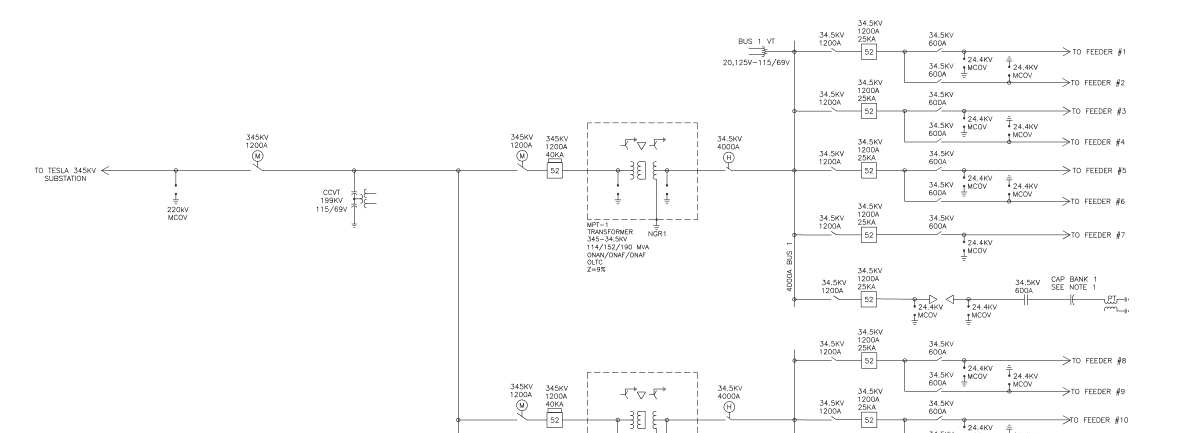
Misae 2’s interconnection agreement is expected to be signed today. The Tesla Substation, and its two 345 KV powerlines – one of which is being added as part of this project – will bring its electricity to the market.
The project’s location is important as well. Since Texas has substantial wind capacity online, especially in the Panhandle region where this project is located, the power grid often has congestion risk during the night or in the winter as the winds blow harder. This is less of a concern during the day and in the summer, and solar generation better aligns with the state’s demand profile. This demand is particularly acute during hot Texas summers.
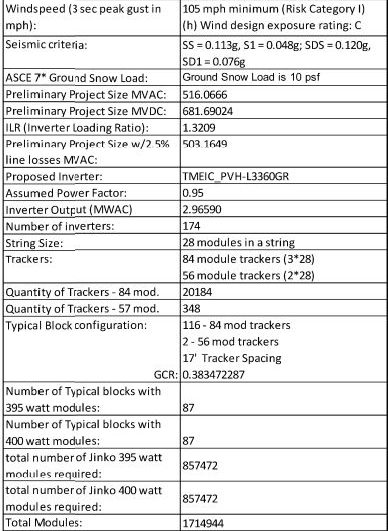 A hedge is also available to protect buyers against merchant electricity market pricing, which can be a challenge to projects 35 years out in an aggressively evolving industry. The terms additionally allow the owner to take advantage of years of upside pricing potential when demand is high.
A hedge is also available to protect buyers against merchant electricity market pricing, which can be a challenge to projects 35 years out in an aggressively evolving industry. The terms additionally allow the owner to take advantage of years of upside pricing potential when demand is high.
Rubicon Infrastructure Advisors – which has been retained to oversee the transaction – has begun pushing the project to the market, and some of you have probably seen the package hit your desks. The fully permitted project could reach engineering notice to proceed in March 2019, and will possibly reach construction notice to proceed in Q3 2019, however this is not final. Rubicon expects to sell the project before it reaches financial notice to proceed.
The volume of hardware in the design proposed to the Texas Comptroller last year (see link in following paragraph) is staggering: more than 1.7 million 395 and 400 watt Jinko Solar modules, just over 20,000 NexTracker single axis trackers, and 174 TEMiC 3360 kW inverters. This hardware is not final, as the future owner of the project will have a say, but it does give a sense of the scope.
Dr. Oneto expects Misae 2 to officially go online by the end of 2020, and the project will spread over roughly 3,800 acres of land. Developers expect the project to create 454 direct jobs onsite for two years, per documents filed with the Texas Comptroller (pdf), with indirect employment doubling that number, as well as tens of millions in local tax benefits over the project’s lifetime. These documents also show a “proposed qualified investment” of $536 million.

Help us learn more about you so we can bring you better news! Click here to take pv magazine USA’s online audience survey.
This content is protected by copyright and may not be reused. If you want to cooperate with us and would like to reuse some of our content, please contact: editors@pv-magazine.com.
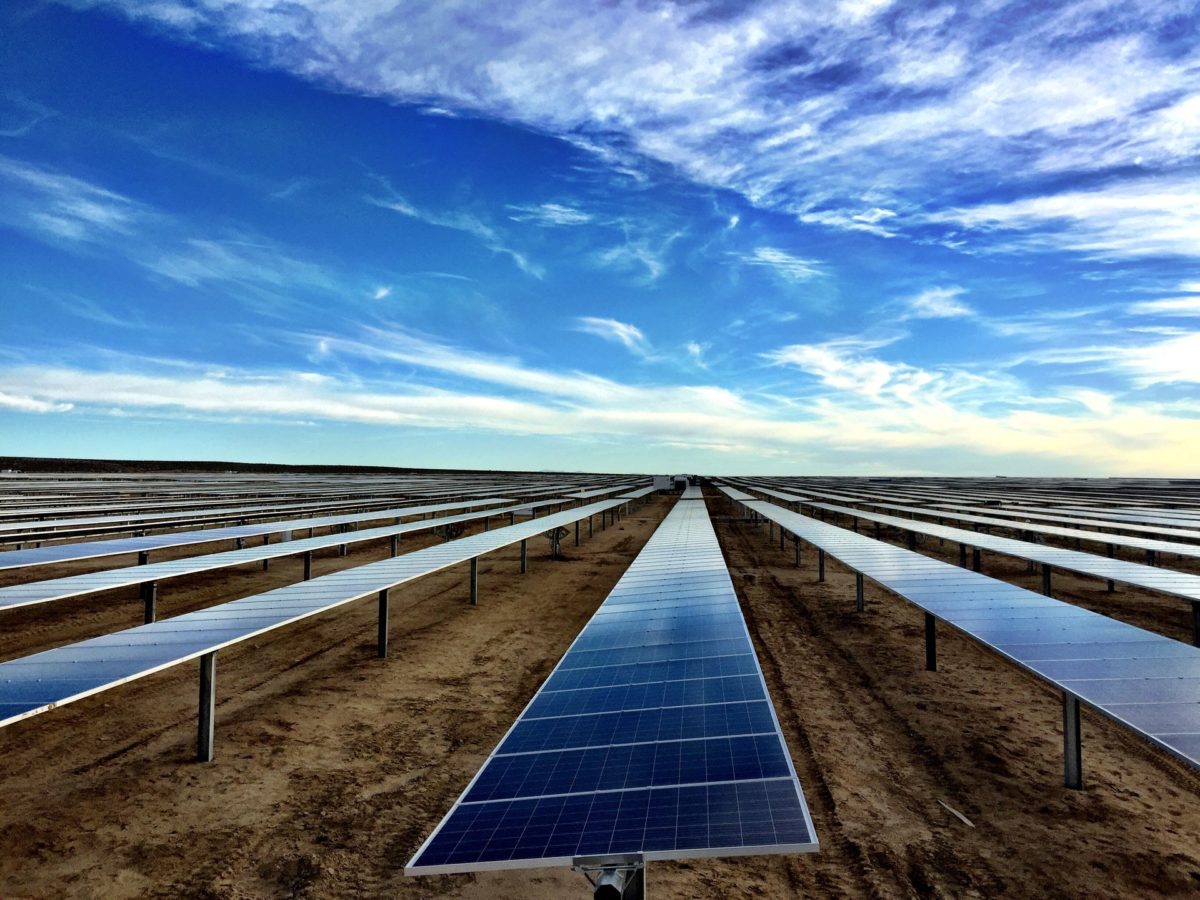
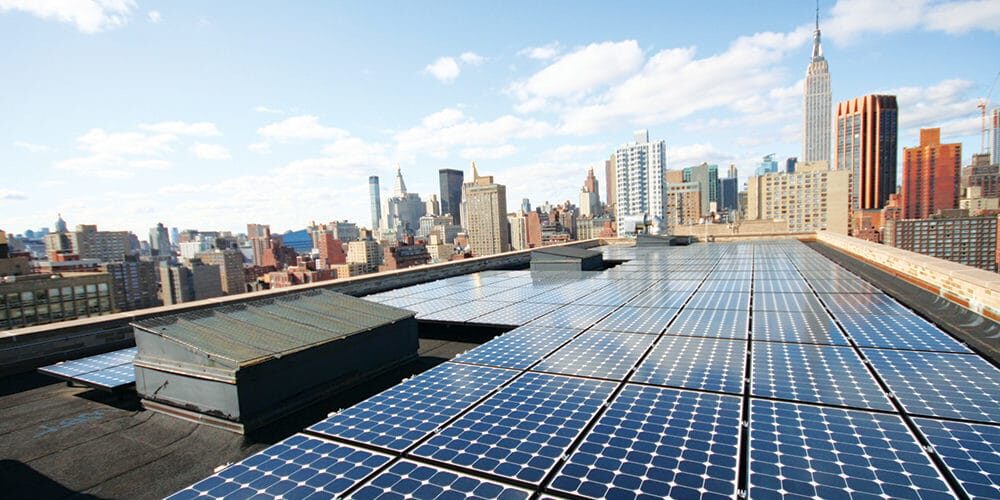


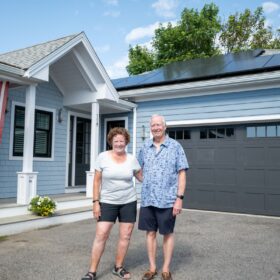


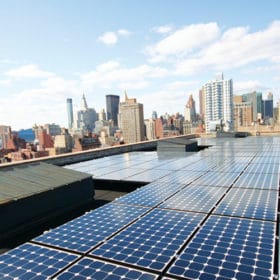

My comments:
Seems the United States has a new largest potential project – 682 MWdc – and of course, its in Texas. The project site will also hold a “smaller” project – a 324 MWdc facility, which combines to become a 1 GWdc solar park, also the nation’s largest.
Of course this is a pipeline project, and there could be others in the pipeline still larger. However, conversation with Christian Roselund – who has been digging around in the interconnection queues the last few months and sees the projects in there – leads us to believe this is the biggest.
Largest individual project actually running: Topaz 550 MW. Largest solar park: 8minutenergy’s Mount Signal facility which has a 328 MW and 266 MW, totaling 594 MW currently online. This facility has another 206 MW planned, reaching a potential 800 MW.
A lot can happen between now and December 31, 2020.
I’ll consider 682 MWdc the largest single-site solar project in the United States once it starts construction. Unfortunately, as you well know, project development is a highly speculative business; also we don’t fully know what else is out there in the planning stage, even if we dig through every queue.
ERCOT has a 750MW in their pipeline data. SS Completed, FIS Started, No IA. Projected completion 12/2021. I don’t know if ERCOT lists AC or DC capacity in their reports. The next largest they list is 600MW.
Definitely some big proposals coming.
Hi, could you please give me an update on the Misae projects in Childress, TX? If, not…where could I find an update?
I’m interested in the project timeline, resident responses, any environmental concerns, etc.
Thanks for your response.